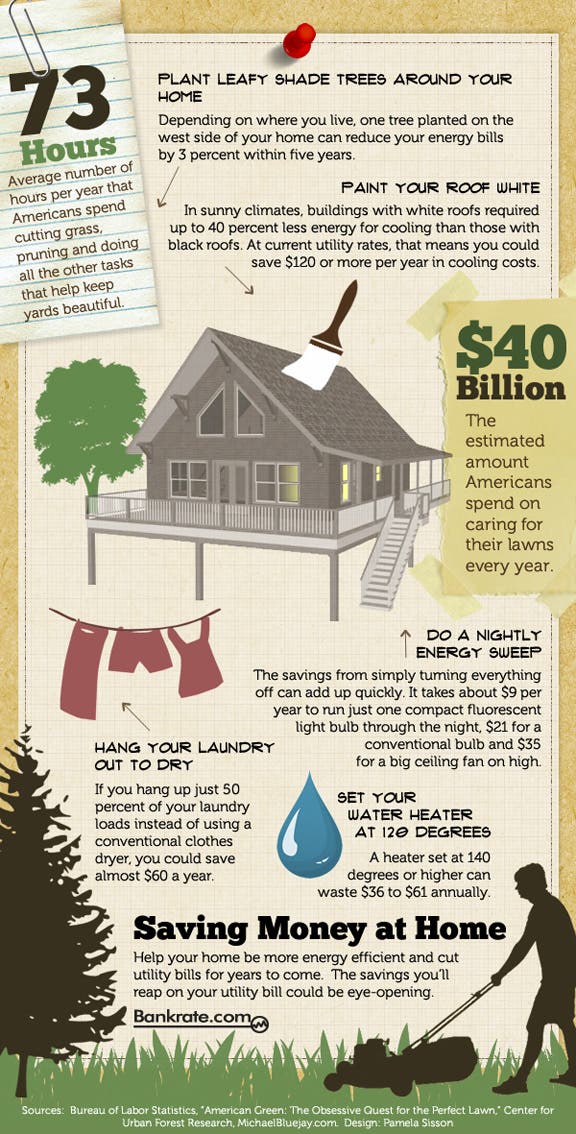Acknowledging The Requirement For Tree Removal: An Overview For Homeowners
Acknowledging The Requirement For Tree Removal: An Overview For Homeowners
Blog Article
Composed By-Kehoe Lucas
Trees include elegance and value to residential or commercial property, however they can likewise present a danger throughout extreme weather condition occasions. If a tree has actually quit growing, is exhibiting noticeable fungal growth, or has a leaning trunk, it needs to be gotten rid of by a professional to prevent building damage and injury.
For more information, attend a house owner source reasonable co-hosted by HPD, the Facility for New York City Neighborhoods, and Brooklyn-based housing partners this evening in Bedford-Stuyvesant. The event will include the House owner Handbook, a new guide to help house owners navigate the duties of having a home.
1. Dead or Perishing Branches
Trees are an integral part of your home's landscape, using color and charm. They also give shelter for wild animals and create oxygen, yet also healthy trees can experience illness that may necessitate their elimination. Dead or dying trees aren't just undesirable, they can be unsafe. Their branches can drop throughout a tornado, bring about pricey building damages and injuries.
When find more information start to pass away, it implies that its structure is starting to break down. If the majority of its branches are dead, it is most likely time to remove it.
Look for an absence of new growth, bark peeling, open wounds or dental caries, fungis expanding on the trunk or origins and a basic appearance of degeneration in the whole cover. These indications of infection can show a severe trouble that will certainly call for specialist tree solutions to fix.
2. Leaning Trunk
While it's normal for trees to lean every now and then because of phototropism, if a tree has a dangerous or extreme lean that's not as a result of natural processes - it could be an indicator that the tree needs to be eliminated. If the tree is favoring a power line, home, car, play structure or any other location that could be dangerous to individuals if it drops, after that contacting a specialist tree service for elimination ought to be a top concern.
It's additionally essential to expect any kind of sudden changes in a tree's leaning as it can suggest damage to the roots or trunk that may bring about falling. This is specifically real during thundercloud, since high winds and rain-soaked soil can cause a lean to transform quickly. Regular monitoring, specifically throughout and after storms can help house owners acknowledge possible problems with their trees so they can call an arborist for a complete assessment.
3. Pest Invasion
Some pest invasions, such as wood-boring insects like emerald ash borer or sap-suckers like range pests, are so serious that they can cause a tree to pass away. The very best way to stop pest problem is to monitor your trees regularly. Try to find spots, openings, or stainings in the leaves and bark. Take a look at the trunk for fractures and signs of insect damages, such as passages or tracks.
If nz growth rate ends up being too ravaged with insects, or is close to a home or power lines, an arborist might advise removal. If a leaning tree develops a new, unpredictable lean, an arborist will likely advise removal also to ensure the safety and security of people and home. If a damaged or dead tree consistently drops extreme branches, it is an indicator that it is time to eliminate the tree. If a tree continues to lose branches for a prolonged period of time, it can result in structural troubles and prospective property damages.
4. Harmed Trunk
Trees are an attractive and integral part of our landscape, yet they do need routine care to maintain them healthy and balanced and secure. If a tree is damaged beyond repair it is most likely time for it to find down.
Search for signs of damages to the trunk, consisting of upright fractures, joints, dead branch stubs, noticeable injuries or open cavities and severe tree-rot. The visibility of fungi at the base of the trunk is one more advising indicator. Fungis might suggest that the phloem and xylem (life-support tissues) are compromised, allowing for the spread of illness or a future failure.
Also, think about whether the tree has stopped expanding. Healthy and balanced trees will have new development annually, which may show up as buds or branches growing and prolonging. If you do not see any type of new development, it's an excellent idea to have an arborist examine the tree and follow their referral for elimination. A passing away or harmed tree can fall and trigger residential property damage.